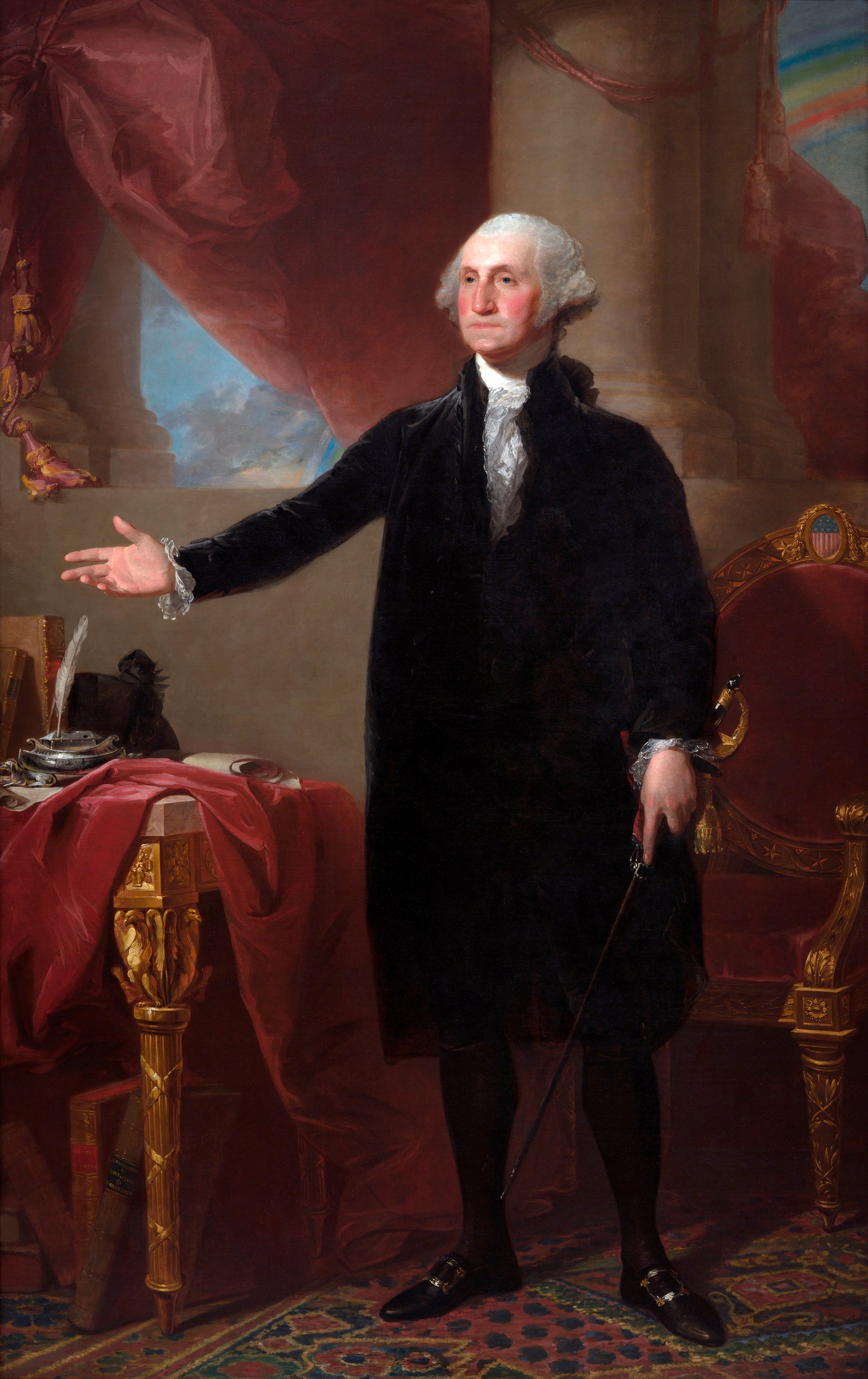The White House kitchen has the capacity to prepare dinner for 140 guests and hors d’oeuvres for over 1,000.
Presidents can bowl, shoot hoops, and watch new releases.
The residence features a 42-seat movie theater and a tennis and basketball court. The White House bowling alley was given as a gift to President Truman and was later moved to the basement of the Eisenhower Executive Office Building.
The White House has a secret entrance.
An unmarked alley on H Street is actually a secret entry to the White House. The passage leads to the Treasury Department’s annex, where a tunnel connects the building to the East Wing. The tunnel was constructed during World War II, when the first White House bunker was built for President Franklin D. Roosevelt.
Mary Todd Lincoln hosted séances in the White House.
Spiritualism was popular during the Civil War and even found its way to the White House. Following the death of her son Willie in 1862, first lady Mary Todd Lincoln hosted séances in the Red Room and at a cottage at the Soldier’s Home, which was used as a presidential retreat during several administrations.
There have been ghost sightings.
Over the years, White House residents and staffers have reported seeing both presidential and civilian ghosts on the premises, including sightings of the spirits of Abraham Lincoln, Dolley Madison, William Henry Harrison, John Tyler, Thomas Jefferson, and Andrew Jackson. The staff of the Taft administration told tales of a teenage boy ghost known as The Thing.
There’s reportedly a bunker under the North Lawn.
The Presidential Emergency Operations Center was built beneath the East Wing during World War II as a shelter and communications center for the president during an attack. However, there are rumors of another underground complex that was built beginning in 2010. According to journalist Ronald Kessler, who wrote about the project in his book The Trump White House: Changing the Rules of the Game, the facility is located five stories underground and has its own food and air supply.
It’s valued at nearly $400 million.
While its historical significance makes the White House a priceless building, in 2017 Zillow appraised the residence for $397.9 million. According to the real estate marketplace, monthly rental payments would be just over $2 million a month. While the first family fortunately isn’t on the hook for a multimillion-dollar-rent payment, they do have to pay for their own expenses, including food, clothing, household items, hairstylists, and dry cleaning.
The White House is missing its cornerstone.
On October 13, 1792, a cornerstone was laid on the site of the future Executive Mansion; however, its whereabouts are unknown to this day. There were attempts to locate the stone during the Truman administration’s renovation of the White House and later in 1992 during the construction bicentennial celebration.
A flock of sheep grazed on the White House lawn during World War I.
Sheep took the place of lawnmowers during the First World War when the manpower needed to tend to the grounds was better served elsewhere. The sheep’s wool was also sold to raise money for the Red Cross.
Dolley Madison saved one of the country’s most famous paintings from the fire of 1814.

